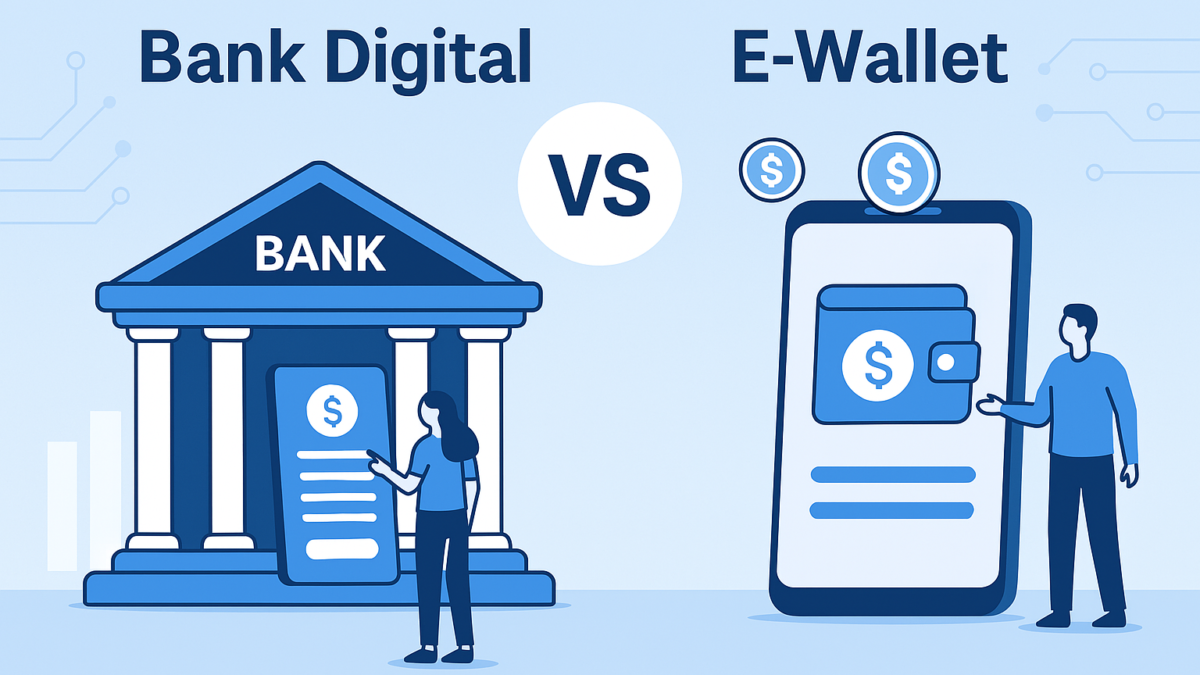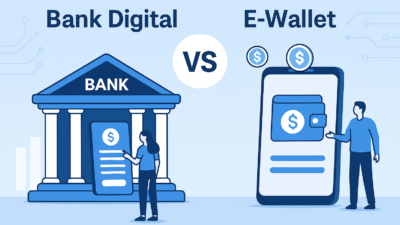
Overview
As a solopreneur, building a successful business can feel like an uphill battle. You’re juggling limited resources, time constraints, and the pressure to deliver results quickly. That’s where Lean Startup principles come in. These principles, popularized by Eric Ries in his book The Lean Startup, offer a roadmap for creating and scaling businesses efficiently, even as a one-person operation.
This guide will break down Lean Startup principles and show you step-by-step how to apply them to your solopreneur journey. Whether you’re launching a side hustle or a full-time business, these strategies will help you test ideas, minimize waste, and build a product or service that resonates with your audience.
What Is the Lean Startup Methodology?
The Lean Startup methodology focuses on creating value for customers while using resources wisely. Its core principles include:
- Build-Measure-Learn Cycle: Develop a product, test it with real customers, and use feedback to improve.
- Validated Learning: Make decisions based on real customer feedback, not assumptions.
- Minimum Viable Product (MVP): Launch the simplest version of your product to test its viability.
- Iterate or Pivot: Adjust your approach based on results—either refine your idea or shift directions.
Step 1: Start with a Problem, Not a Product
Why It Matters: Too many solopreneurs focus on building a product they think people want instead of addressing a real problem.
How to Do It:
- Identify Your Audience: Define a specific group of people you want to serve.
- Use tools like Google Trends or Reddit to research your audience’s pain points.
- Ask Questions: Talk to potential customers to understand their struggles.
- Example: If you’re launching a productivity app, ask, “What’s your biggest challenge in staying organized?”
- Validate the Problem: Ensure enough people have this problem and are willing to pay for a solution.
Actionable Insight: Create a list of 3-5 key problems your audience faces and rank them based on urgency and impact.
Step 2: Define Your Unique Value Proposition (UVP)
Why It Matters: Your UVP sets you apart from competitors and tells customers why they should choose you.
How to Do It:
- Find Your Edge: What makes your solution unique? Is it faster, simpler, or more affordable?
- Communicate Clearly: Use simple language to explain your UVP.
- Example: “Save 10 hours a week with our easy-to-use task manager designed for freelancers.”
- Test Your UVP: Share it with potential customers and gauge their reactions.
Pro Tip: Use the Value Proposition Canvas to match customer needs with your product’s benefits.
Step 3: Build a Minimum Viable Product (MVP)
Why It Matters: An MVP helps you test your idea without wasting time or money on unnecessary features.
How to Do It:
- Start Small: Focus on one core feature that solves the primary problem.
- Example: If you’re creating an online course, start with a single lesson instead of a full curriculum.
- Use No-Code Tools: Platforms like Bubble, Glide, or Carrd allow you to create MVPs without programming skills.
- Launch Quickly: Don’t wait for perfection—get your MVP in front of users as soon as possible.
Pro Tip: Use tools like Typeform or Google Forms to create quick prototypes and gather feedback.
Step 4: Test Your Assumptions
Why It Matters: Assumptions about your audience or product can lead to costly mistakes if left untested.
How to Do It:
- Identify Key Assumptions: List what you believe about your audience, product, and pricing.
- Example: “Customers will pay $20/month for this service.”
- Run Experiments: Use landing pages, surveys, or pre-orders to test these assumptions.
- Example: Create a landing page with a “Sign Up Now” button to gauge interest.
- Measure Results: Track metrics like click-through rates, sign-ups, or purchases to validate your assumptions.
Actionable Insight: Treat every test as an opportunity to learn, even if the results aren’t what you expected.
Step 5: Iterate Based on Feedback
Why It Matters: Continuous improvement ensures your product or service aligns with customer needs.
How to Do It:
- Gather Feedback: Talk to your early users and ask specific questions about their experience.
- Example: “What do you like about the product? What would you change?”
- Prioritize Changes: Focus on improvements that add the most value to your customers.
- Repeat the Cycle: Keep testing, learning, and refining.
Pro Tip: Use tools like Trello or ClickUp to manage customer feedback and prioritize updates.
Step 6: Focus on Metrics That Matter
Why It Matters: Tracking the wrong metrics can lead to wasted effort. Focus on actionable data that drives decisions.
How to Do It:
- Choose Key Metrics: Common Lean Startup metrics include:
- Customer Acquisition Cost (CAC): How much it costs to get a new customer.
- Retention Rate: The percentage of users who keep using your product.
- Conversion Rate: How many visitors become paying customers.
- Use Analytics Tools: Platforms like Google Analytics or Mixpanel provide insights into user behavior.
- Set Benchmarks: Compare your metrics against industry standards to measure success.
Pro Tip: Avoid vanity metrics like social media likes that don’t directly impact your bottom line.
Step 7: Know When to Pivot
Why It Matters: Sticking to an idea that isn’t working can drain your resources. A pivot allows you to adjust your strategy and move forward.
How to Do It:
- Look for Red Flags: High churn rates, low customer interest, or poor feedback are signs it’s time to pivot.
- Evaluate Options: Decide whether to change your product, target audience, or pricing model.
- Example: A solopreneur offering DIY courses might pivot to one-on-one coaching after discovering customers prefer personalized help.
- Act Quickly: Don’t wait too long to pivot—make changes based on data, not emotions.
Pro Tip: A pivot isn’t a failure; it’s a chance to refine your business and find a better fit.
Step 8: Build a Sustainable Growth Plan
Why It Matters: A clear growth strategy ensures you’re building a business that lasts.
How to Do It:
- Leverage Word-of-Mouth: Encourage early customers to share your product with others. Offer incentives like discounts or free trials.
- Scale Smartly: Use automated tools to save time and focus on high-impact activities.
- Track Profitability: Ensure your revenue covers expenses before investing heavily in growth.
Pro Tip: Use email marketing platforms like Mailchimp to nurture leads and retain customers.
Step 9: Embrace the Lean Mindset
Why It Matters: Lean isn’t just a strategy; it’s a way of thinking. It encourages you to stay flexible, resourceful, and focused on what matters most.
How to Do It:
- Stay Customer-Focused: Always prioritize solving problems for your audience.
- Embrace Experimentation: View every step as a test, and don’t fear failure.
- Work Smarter, Not Harder: Focus on efficiency and avoid overcomplicating your processes.
Final Thoughts
The Lean Startup principles empower solopreneurs to launch and grow businesses efficiently. By focusing on small, incremental improvements and listening to your audience, you can build a product or service that truly resonates.
Remember, it’s not about having a perfect plan—it’s about learning and adapting as you go. Take action, embrace feedback, and let the Lean Startup method guide you to success.
Are you ready to build smarter and faster? Start applying these steps today!















